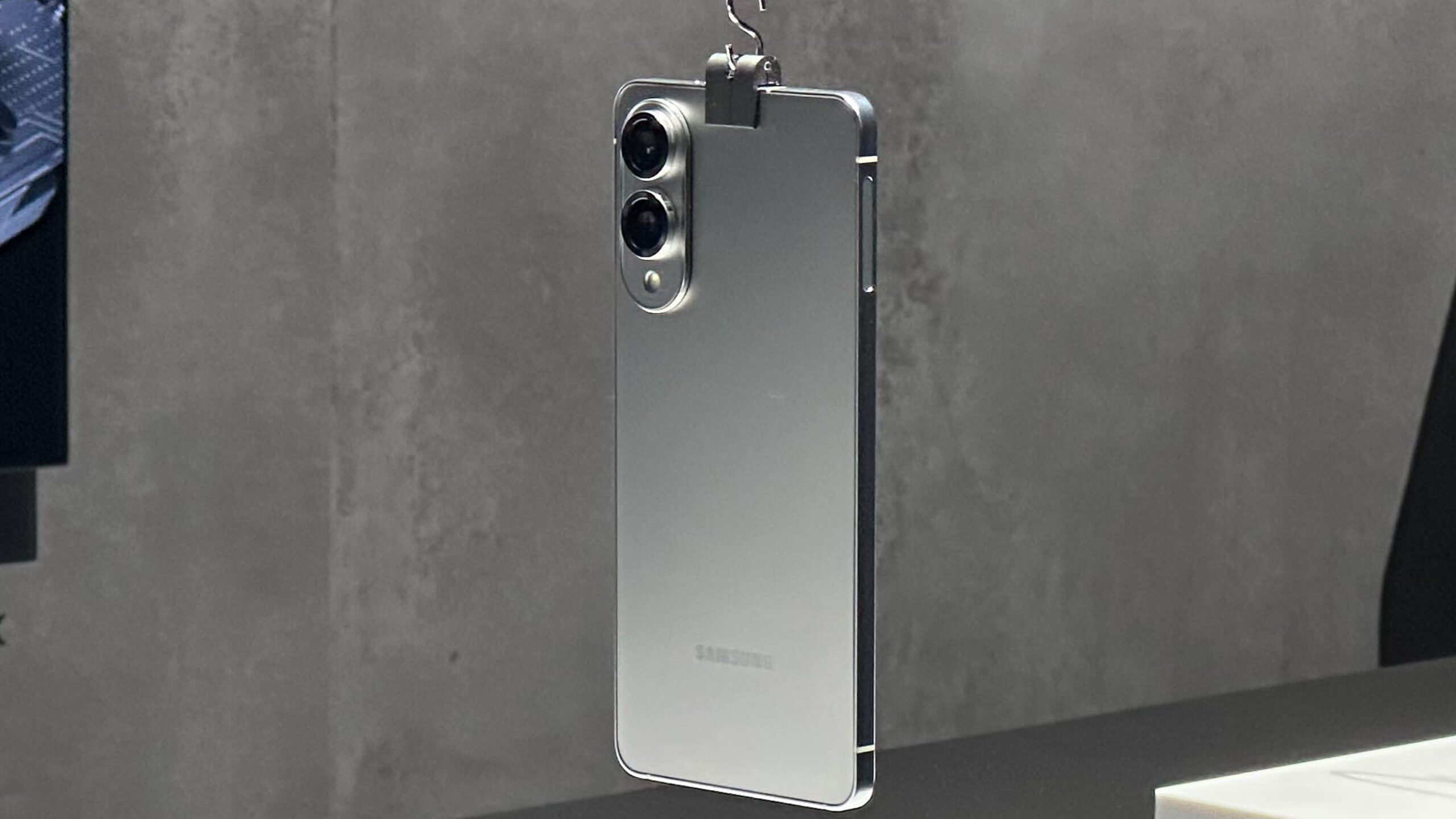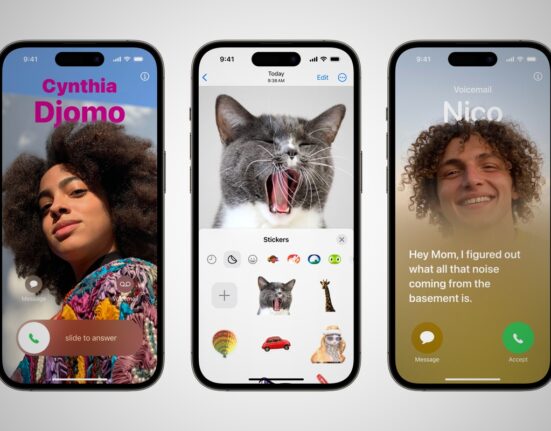The world of smartphones is an ever-evolving landscape, with each new device promising more advanced features than the last. One such device that has been making waves in the tech community is the Samsung Galaxy S25 Edge. Touted as the thinnest smartphone available on the market, this sleek gadget boasts a range of impressive capabilities. However, as with any piece of technology, there are bound to be some tradeoffs.
Examining the Specs
When it comes to choosing a smartphone, one of the key factors to consider is its camera quality. The Galaxy S25 Edge aims to strike a balance between its counterparts, the Galaxy S25 Ultra and Galaxy S25 Plus, by offering a blend of their features in a slim design. With a 200MP primary sensor and a 12MP ultrawide lens, this phone presents an intriguing proposition for photography enthusiasts.
Expert tech journalist Nirave Gondhia delved into the intricacies of this cutting-edge camera setup. Despite its high-resolution primary sensor and versatile ultrawide capability, Gondhia discovered that certain compromises had to be made due to space constraints within the slim profile of the device.
Daytime Photography: A Close Look
In well-lit conditions, the Galaxy S25 Edge’s primary camera shines bright. Boasting accurate color reproduction, exceptional detail capture, and wide dynamic range, it produces images that pop with vibrancy on phone displays. The post-processing algorithm employed by Samsung ensures that photos have an appealing saturation level suitable for social media sharing – except under low-light settings.
The Challenge of Low-Light Performance
Where many flagship phones excel in handling low-light scenarios, Gondhia found that the Galaxy S25 Edge struggled to deliver consistent results in such conditions. The photos taken often displayed softness and noise, highlighting a significant area for improvement in future iterations.
Capturing Culinary Delights
Food photography has become a popular trend on social platforms, prompting users to seek smartphones capable of capturing delectable dishes with finesse. When put to the test at an Indian restaurant in Paris, Gondhia observed that while the Galaxy S25 Edge could produce decent images in optimal lighting conditions, its performance faltered when faced with less favorable light settings common in dining establishments.
Exploring Zoom Capabilities
One notable limitation of the Galaxy S25 Edge’s camera system lies in its zoom functionality. With restrictions on magnification beyond a 2x crop (excluding Portrait mode), users may find themselves grappling with compromised image quality when attempting greater levels of zooming – especially evident under dim lighting conditions.
The Artistry of Portraits
Portrait mode remains a strong suit for Samsung devices like the Galaxy S25 Edge. Offering innovative features like Color Point – which isolates subjects in color against grayscale backgrounds – this mode elevates portrait photography to new creative heights despite some limitations on zoom range.
Ultrawide Adventures and Selfie Sessions
The familiarity continues with both ultrawide shots and selfies taken using this smartphone’s cameras mirroring similar experiences from past Samsung models like the Galaxy S25 Plus. While these lenses may not set benchmarks for excellence individually, they deliver reliable performance appreciated by users accustomed to Samsung’s signature photographic style.
A Final Verdict on Camera Performance
In his comprehensive evaluation,Gondhiareflects upon how space constraints impacted Samsung’s decisions regarding secondary lenses.In lightof certain limitations experiencedin low-light situationsand duringzooming,theGalaxyS22Edge’s cameramay not meetexpectationsacross all scenarios.Nevertheless,some standoutfeatureslike ColorPointportraitureand reliableultrawideshots contributepositivelytothe overallphotographicexperience.Thoughnot withoutroomforimprovement,Samsung’s flagshipdeviceoffers amixof innovationandreliabilityworthconsiderationforphotographyenthusiastsseekinga balanceof formandfunction.









Leave feedback about this